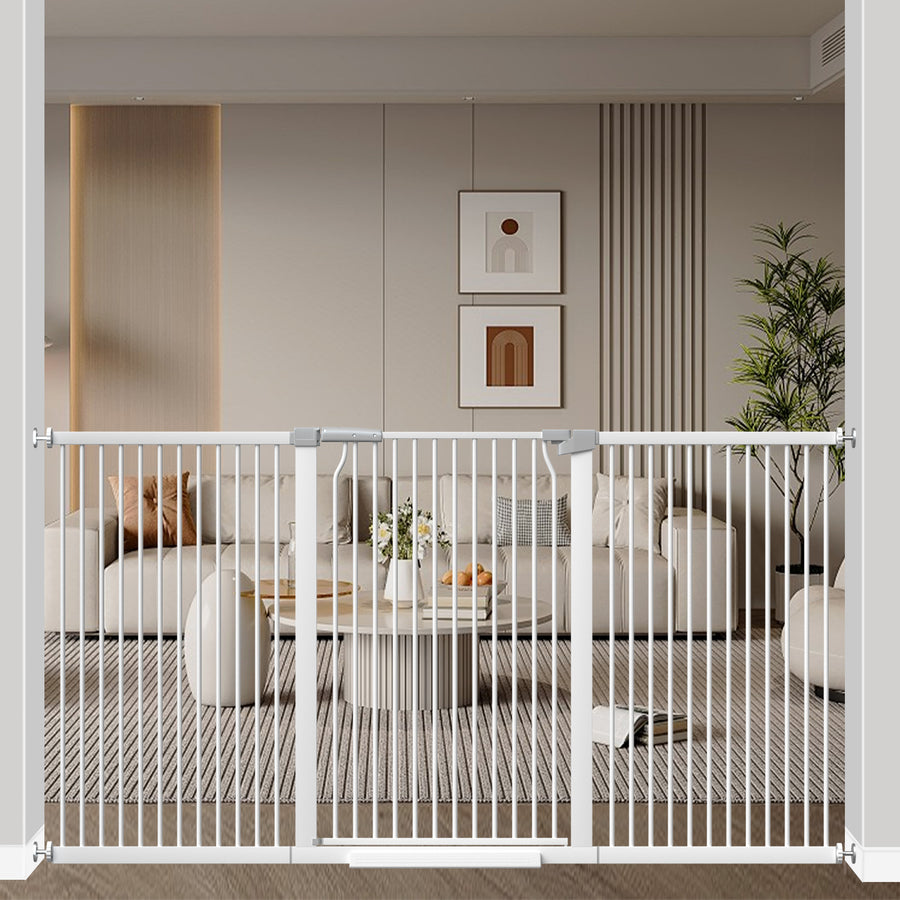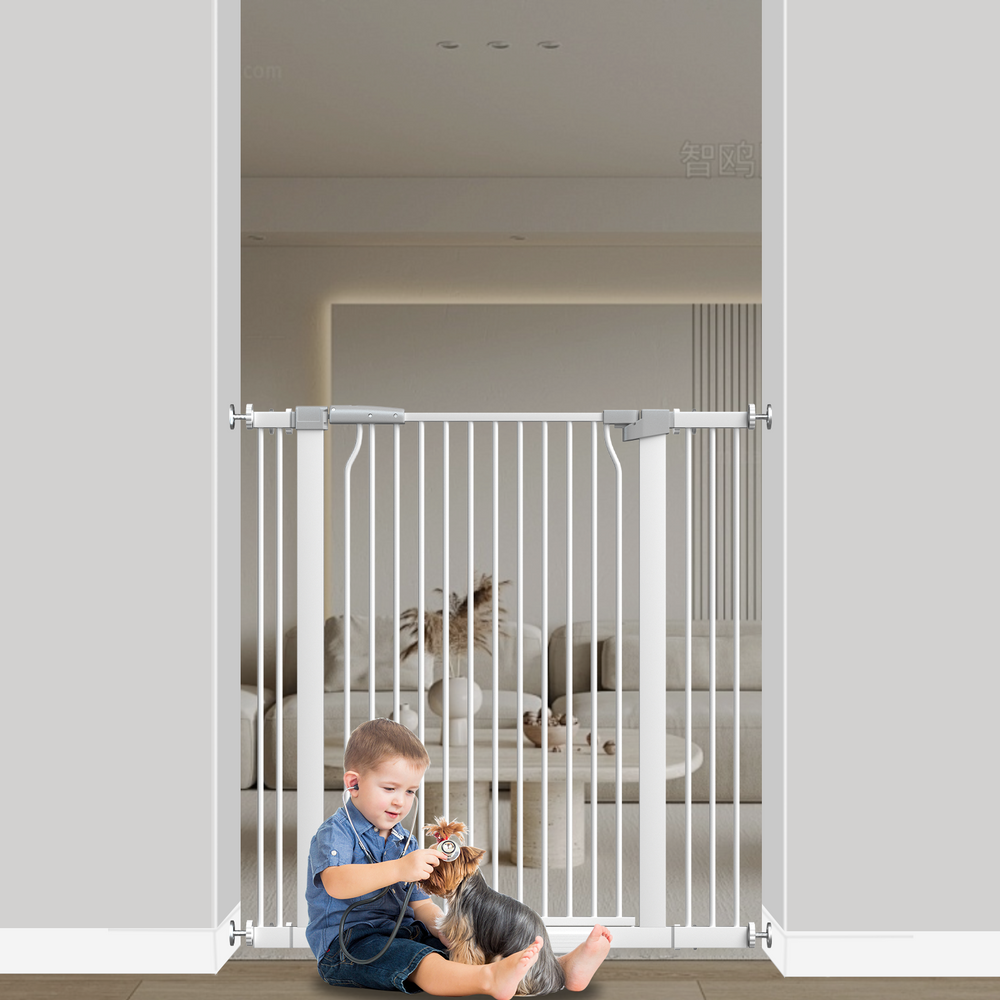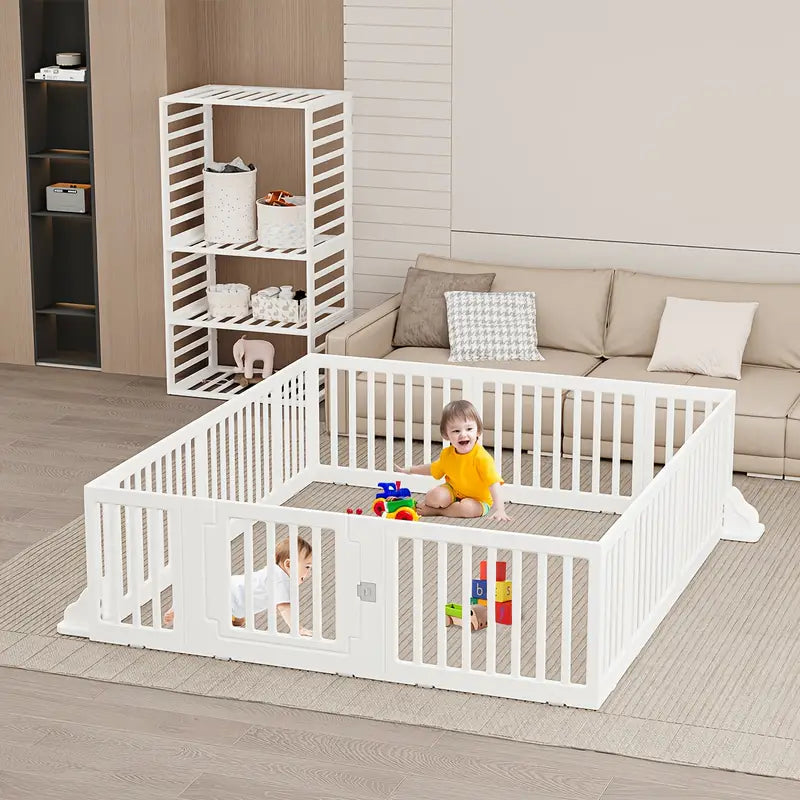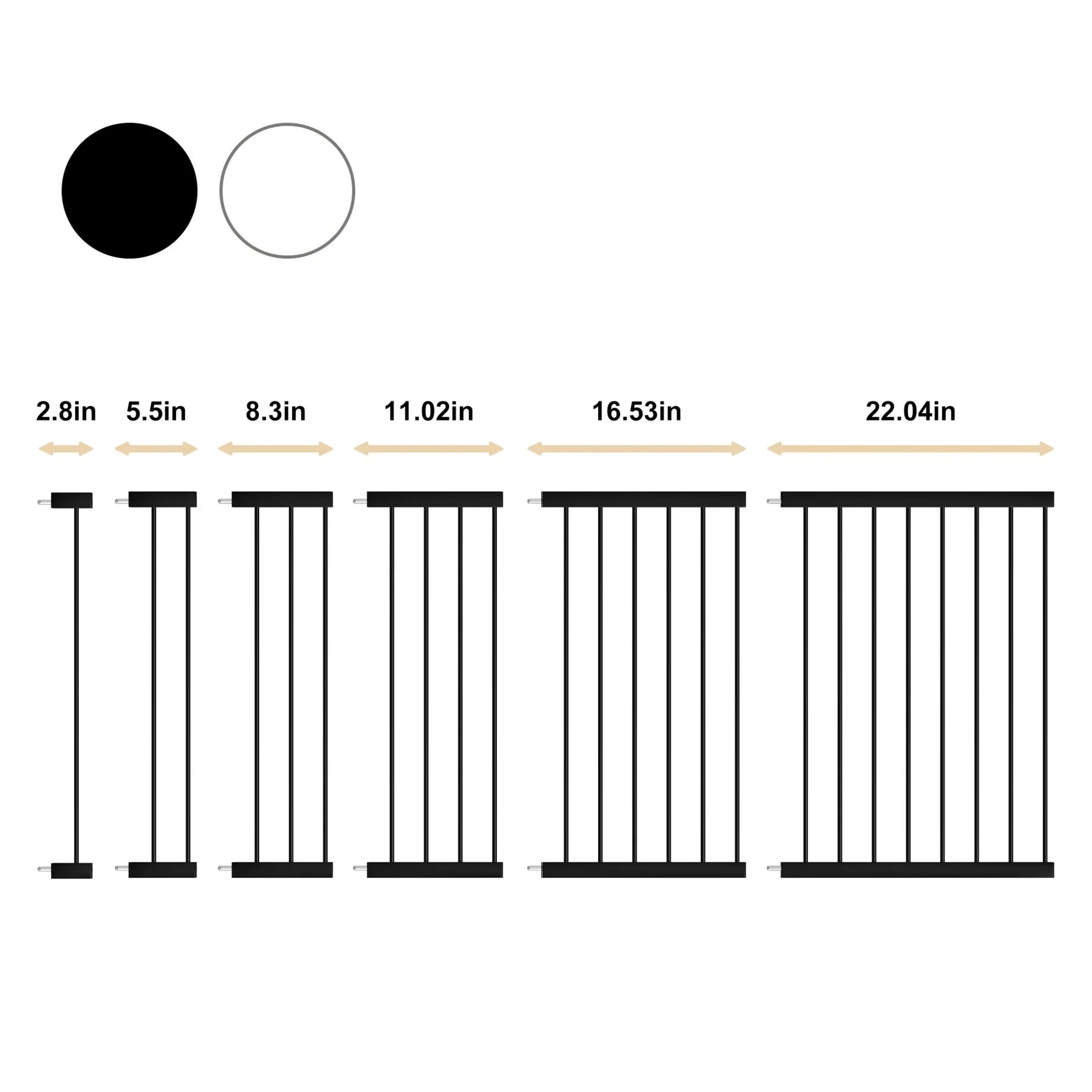Essential Tips for Preventing Baby Overheating: Keeping Your Little One Safe and Comfortable
Recognizing Signs Of Overheating

It's super important to know when your baby is getting too hot. Babies can't regulate their body temperature as well as adults, so they're more prone to overheating. Catching the signs early can help you take action quickly and keep your little one safe and comfy.
Warm To The Touch
One of the first things you'll probably notice is that your baby feels warm to the touch. This usually means their chest, back, or forehead will feel warmer than usual. Don't just rely on feeling their hands and feet, as these can often be cooler than their core body temperature. If they feel unusually warm, it's a good idea to check their temperature with a thermometer to get a more accurate reading.
Flushed Skin
Another sign to watch out for is flushed or red skin. This happens because their body is trying to cool itself down by increasing blood flow to the skin's surface. The redness might be more noticeable on their face, but it can also appear on their chest and other parts of their body. Keep in mind that some babies naturally have rosy cheeks, so look for a change in their usual skin tone.
Rapid Breathing
If your baby is breathing faster than normal, it could be a sign that they're overheating. Rapid breathing is their body's way of trying to get rid of excess heat. You might notice their chest rising and falling more quickly than usual. It's a good idea to know what your baby's normal breathing rate is so you can spot any changes. If you're concerned about safe sleep practices, it's always best to consult with your pediatrician.
It's easy to mistake the signs of overheating for something else, like a fever. If you're unsure, it's always best to err on the side of caution and take steps to cool your baby down. If their condition doesn't improve or if you notice other concerning symptoms, contact your doctor right away.
Here's a quick guide to help you remember the key signs:
- Warm to the touch
- Flushed skin
- Rapid breathing
- Sweaty or clammy skin
- Irritability or fussiness
Knowing these signs can help you act fast and prevent your baby from getting too hot. Remember, a comfortable baby is a happy baby!
Creating A Comfortable Sleeping Environment
It's so important to get the baby's sleep environment just right. You want them to be cozy, but not too warm! Overheating can be a real concern, so let's talk about how to make their sleep space safe and comfy.
Ideal Room Temperature
The ideal room temperature for a baby is generally between 68°F to 72°F (20°C to 22°C). It's easy to crank up the heat thinking they need it, but babies actually do better in a slightly cooler environment. Think about it – you wouldn't want to sleep in a stuffy, hot room, and neither does your little one! A simple room thermometer can be a lifesaver here. Keep an eye on it, especially during seasonal changes, to ensure the temperature stays consistent. You can find a bassinet mattress that helps regulate temperature.
Ensuring Proper Ventilation
Good airflow is key. Stale, stagnant air can quickly lead to overheating. Here are a few things you can do:
- Crack a window (weather permitting, of course!). Even a small opening can make a big difference.
- Use a fan to circulate the air. Just don't point it directly at the baby.
- Make sure vents aren't blocked by furniture or curtains.
Proper ventilation helps regulate the room's temperature and prevents the buildup of warm air around the baby's crib. This simple step can significantly reduce the risk of overheating and create a more comfortable sleep environment.
Avoiding Excessive Insulation
Think about the layers. We tend to want to bundle up our babies, but too much insulation can be a problem.
- Avoid heavy blankets. Opt for lightweight sleep sacks or swaddles instead.
- Dress the baby in breathable fabrics like cotton.
- Be mindful of the room's temperature. If it's already warm, a single layer might be enough.
It's all about finding that sweet spot where they're warm enough, but not too warm. Check the baby's chest or back to see if they feel too hot or cold. Adjust the layers accordingly.
Choosing Appropriate Clothing
Lightweight Fabrics
When it comes to dressing your baby, think light and airy. I'm talking about fabrics like cotton, muslin, or bamboo. These materials are breathable, which means they help wick away moisture and allow air to circulate, keeping your little one cool and comfortable. Avoid synthetic fabrics like polyester or nylon, as they can trap heat and cause your baby to overheat. I usually opt for organic cotton onesies because they're gentle on the skin and great for warmer weather.
Avoiding Heavy Blankets
Okay, so this one might seem obvious, but it's super important. Heavy blankets are a big no-no for babies, especially in warmer months. They can quickly cause your baby to overheat and increase the risk of SIDS. Instead of blankets, consider using a lightweight wearable blanket or sleep sack. These are designed to keep your baby snug without the risk of overheating. Plus, they can't be kicked off during the night, which is a win-win!
Layering Wisely
Layering is key, but it's all about doing it right. Start with a single layer of lightweight clothing, like a onesie or a cotton t-shirt. If you think your baby might need a little extra warmth, add a thin layer, like a lightweight cotton footie pajamas. The goal is to be able to easily add or remove layers as needed to keep your baby comfortable. Always check your baby's temperature to make sure they're not too hot or too cold.
It's always better to underdress your baby than to overdress them. You can always add a layer if they seem cold, but it's much harder to cool them down if they're already overheated. Pay attention to your baby's cues and adjust their clothing accordingly.
Safe Sleep Practices For Infants
It's super important to make sure your baby is sleeping safely, especially when it comes to avoiding overheating. We all want our little ones to be comfy, but safety comes first!
Uncovered Head And Face
Babies control their temperature through their head and face, so keeping these areas uncovered is key. That means no hats, bonnets, or beanies while they're sleeping. These items can trap heat and cause your baby to overheat, plus they pose a suffocation risk if they slip during the night. It's better to be safe than sorry!
Back Sleeping Position
Always, always put your baby to sleep on their back. This is the recommendation from pretty much every expert out there, and it significantly reduces the risk of SIDS (Sudden Infant Death Syndrome). It might seem weird at first, but it's the safest way for them to sleep. Think of it as infant sleep safety 101.
Firm Sleep Surface
Your baby needs to sleep on a firm, flat surface. That means no soft mattresses, pillows, or fluffy blankets in the crib. These things can increase the risk of suffocation and overheating. A firm mattress with a fitted sheet is all they need. You can find great baby sleep products that meet these requirements.
Creating a safe sleep environment is one of the best things you can do to protect your baby. It might seem like a lot to remember, but it becomes second nature pretty quickly. Just focus on the basics: back to sleep, firm surface, and no loose items in the crib.
Cooling Techniques For Overheated Babies
If you suspect your baby is overheating, acting quickly and calmly is key. Don't panic! There are several things you can do at home to help them cool down. It's all about gently bringing their temperature back to normal and watching for any signs that might need a doctor's attention.
Offering Fluids
Dehydration often goes hand-in-hand with overheating, so giving your baby fluids is super important. For babies under six months, breast milk or formula is the best choice. If your baby is older and has started solids, you can offer small amounts of water in addition to breast milk or formula. Just make sure the fluids aren't too cold, as this can shock their system.
Using Cold Compresses
Applying a cool compress can help lower your baby's body temperature. Here's how to do it safely:
- Use a soft cloth dampened with lukewarm water. Avoid using ice-cold water, as it can cause shivering, which actually increases body temperature.
- Gently place the compress on areas like their forehead, neck, or underarms. These areas have major blood vessels close to the surface, so cooling them can have a quick effect.
- Replace the compress frequently as it warms up. Keep checking to make sure the compress isn't too cold for your baby's comfort.
Lukewarm Baths
A lukewarm bath can work wonders for cooling down an overheated baby. The water should be comfortably warm, not cold. Here's how to give a safe and effective cooling bath:
- Check the water temperature with your elbow or a thermometer to make sure it's not too hot or too cold. Aim for a temperature that feels neutral to your touch.
- Gently place your baby in the bath and use a cup or your hand to pour water over their body. Avoid pouring water directly on their face.
- Keep the bath short, around 5-10 minutes, to prevent them from getting chilled. Monitor your baby closely for any signs of discomfort or shivering.
Remember, it's important to monitor your baby's temperature closely while you're trying to cool them down. If their condition doesn't improve or if they develop new or worsening symptoms, it's always best to seek medical advice. Trust your instincts – you know your baby best!
Managing External Heat Sources
It's easy to forget how much the environment around your baby can affect their temperature. We're talking about things beyond just the clothes they're wearing. Let's look at how to manage those external factors.
Avoiding Direct Sunlight
Babies' skin is super sensitive, and direct sunlight can cause them to overheat quickly. Always keep your baby out of direct sunlight, especially during the hottest parts of the day. If you're outside, use a stroller with a sunshade or find a shady spot under a tree. Windows can also let in a lot of heat, so consider using curtains or blinds to block the sun's rays, especially in the baby's room. Think about getting window shades for the car too.
Keeping Away From Heating Vents
This might seem obvious, but it's worth mentioning. Make sure your baby's crib or play area isn't near any heating vents or radiators. These can pump out a lot of heat and quickly raise the temperature around your baby, even if the rest of the room feels comfortable. If you have to use a heater, keep it on a low setting and make sure it's far away from your baby. It's also a good idea to check the first aid fact sheet for heat-induced illness.
Monitoring Room Temperature
Keeping an eye on the room temperature is key. A comfortable room temperature for a baby is generally between 68°F and 72°F (20°C to 22°C). A simple room thermometer can help you keep track. Here's a few things to keep in mind:
- Check the temperature regularly, especially during the day's hottest and coldest times.
- Adjust the thermostat as needed to maintain a consistent temperature.
- Consider using a fan to circulate air, but don't point it directly at the baby.
It's easy to think that if you're comfortable, your baby is too, but that's not always the case. Babies can't regulate their body temperature as well as adults, so it's important to be extra vigilant about managing external heat sources.
When To Seek Medical Attention

It's always better to err on the side of caution when it comes to your baby's health. Overheating can sometimes lead to more serious issues, so knowing when to seek professional help is key. Don't hesitate to reach out to your pediatrician if you have any concerns at all. They're there to help and guide you.
Recognizing Severe Symptoms
Sometimes, overheating is more than just a temporary discomfort. Certain symptoms indicate that your baby needs immediate medical attention. These can include:
- Lethargy or extreme sleepiness
- Unusual fussiness or irritability
- Vomiting or refusing to eat/drink
- Inconsolable crying
- Seizures or any behavior that seems "off"
If you notice any of these signs, it's important to act quickly. Trust your instincts – you know your baby best.
Understanding Fever Risks
A fever in a baby, especially a young one, can be a sign of infection or other underlying issues. If your baby is under 3 months old and has a rectal temperature of 100.4°F (38°C) or higher, contact your doctor or go to the emergency room right away. Even in older babies, a high fever that doesn't respond to cooling techniques warrants a call to the doctor.
Consulting Healthcare Professionals
When in doubt, reach out! Your pediatrician is your best resource for any questions or concerns about your baby's health. Don't hesitate to call them if you're worried about overheating, even if the symptoms seem mild. It's always better to be safe than sorry. They can provide guidance, assess your baby's condition, and recommend the best course of action. If you're ever unsure, it's always a good idea to contact the site owner for assistance.
Final Thoughts on Keeping Your Baby Cool
In the end, keeping your baby comfortable and safe from overheating is super important. Remember, babies can’t cool themselves down like we can, so it’s up to us to help them out. Dress them in light clothing, keep their sleeping area cool, and always check on them during hot days. If you notice any signs of overheating, act quickly to cool them down. Trust your instincts and don’t hesitate to reach out to a doctor if you’re worried. With a little care and attention, you can help your little one stay happy and safe, no matter how hot it gets outside.






Leave a comment